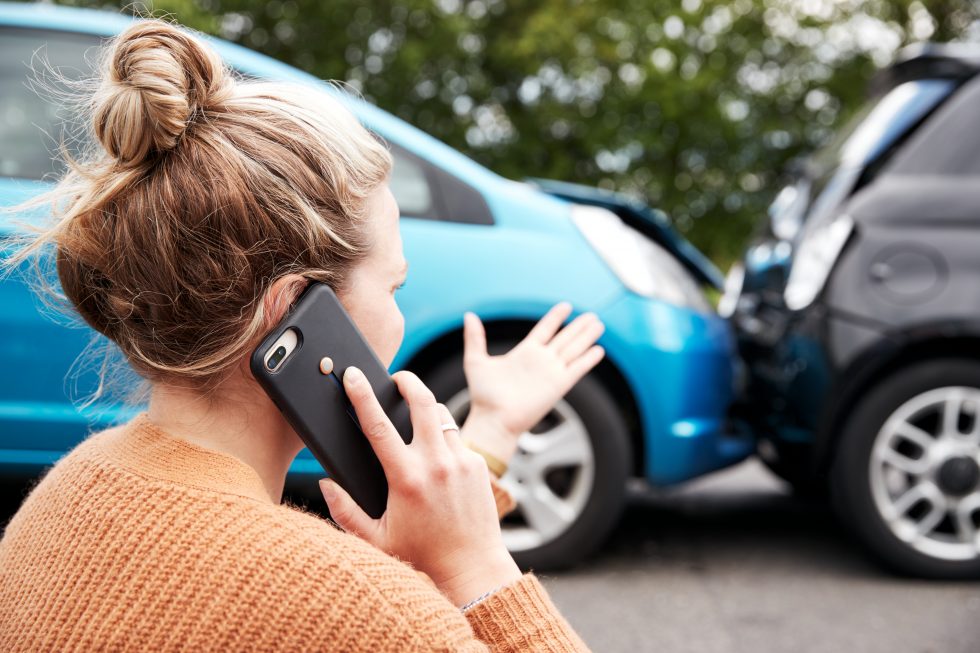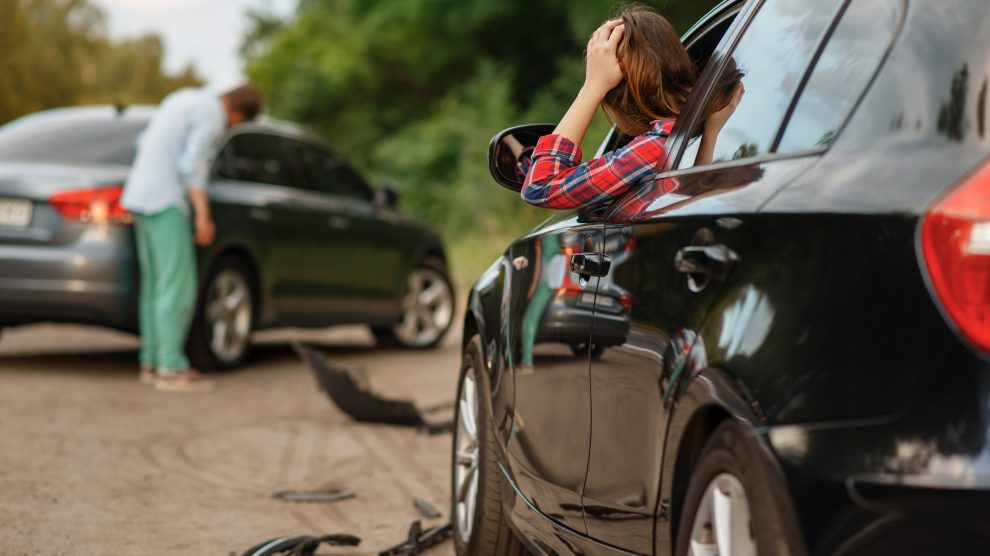In vehicular accidents, resolving who’s at fault is crucial for various reasons. When you happen to be part of a vehicular accident, both parties, along with the insurance, should understand who’s at fault due to potential liabilities.
Identifying who is responsible will resolve the issue after the ordeal and make it more manageable. Depending on the injuries or property damage severity, the liable party is frequently expected to cover significant repair expenses. When a case is left hanging as to who’s at fault in a car accident, it’ll only increase the chances for further confusion or progress to a legal dispute.
With this in mind, determining who is accountable right after an accident is very important. If you want to go through the legal process, it would be best to check out reliable personal injury lawyers online, such as https://www.raphaelsonlaw.com and others.
One of the crucial determining factors on who is at fault is the accident site. In most scenarios, witnesses might be around at the time of the ordeal to determine the responsible party.
In a lawsuit, a critical aspect is identifying who’s at fault in a car accident. If you find yourself part of an ordeal on the road, here’s an explanation of how to determine who’s at fault for the accident and how it can affect the outcome of your case.

The Importance Of Determining Accountability
The fault in a car accident is crucial since the party liable will compensate the party who sustained injuries or damage. If a party can prove that they’re not responsible for the ordeal, it could mean escaping financial liability for the accident.
In scenarios involving multiple parties with the potential for liability, identifying who’s at fault will also determine the degree of responsibility for each since every party will only be responsible for the amount of damage applicable to their actions.
How To Establish Fault In A Vehicular Accident
The best way to establish accountability is through evidence. Available evidence can include photos of the accident scene, police reports, or witness testimonials. In most instances, there’s no need to prove fault beyond any reasonable doubt but rather to show it through concrete and compelling evidence.
Always call the police to the scene right away after a car accident. Police enforcement can help determine who’s at fault based on their professional judgment. Ensure to obtain a copy of the police report since it’ll show who is responsible for the ordeal. However, keep in mind that a police record is not always reliable evidence since it can be disputed in court. In most cases, the report can serve as evidence or testimony, not as the determining factor in the ordeal.
Aside from the police report, some crucial evidence in building up a car accident case includes injuries, property damage, surveillance footage, and forensic analysis.
What Are The Usual Fault Patterns?
There are common fault patterns in most states. For instance, at the tail end of a car accident, most of the liability falls on the driver of the last vehicle involved in the accident.
If multiple vehicles are involved, every car that strikes another from behind will have a certain degree of fault for the accident.
Role Of Insurance Companies
After a vehicular accident, you need to file a claim with your insurance company. If you sustain injuries, you need to file a personal injury claim.
Once you file a claim with the insurance company, an adjuster will handle your claim. Generally, the adjuster will oversee the investigation of the accident and the settlement of the claim. Throughout the process, the adjustor will research the accident, meet with the witnesses, check medical reports and vehicle damage, and verify the details of the insurance policies.
After a thorough investigation, the adjuster will determine which party was at fault. It often involves assigning a percentage of accountability to each party in most cases.
Final Thoughts
Being part of a car accident can be a harrowing experience, especially if it’s your first. Dealing with the police, insurance companies, and other legalities can be challenging. Aside from learning about the crucial aspects of a car accident, it would be best to get legal advice. If you want to go through the legal process and determine who’s at fault while ensuring a good outcome for your case, working with a personal injury lawyer may be the best move you’ll make.





















